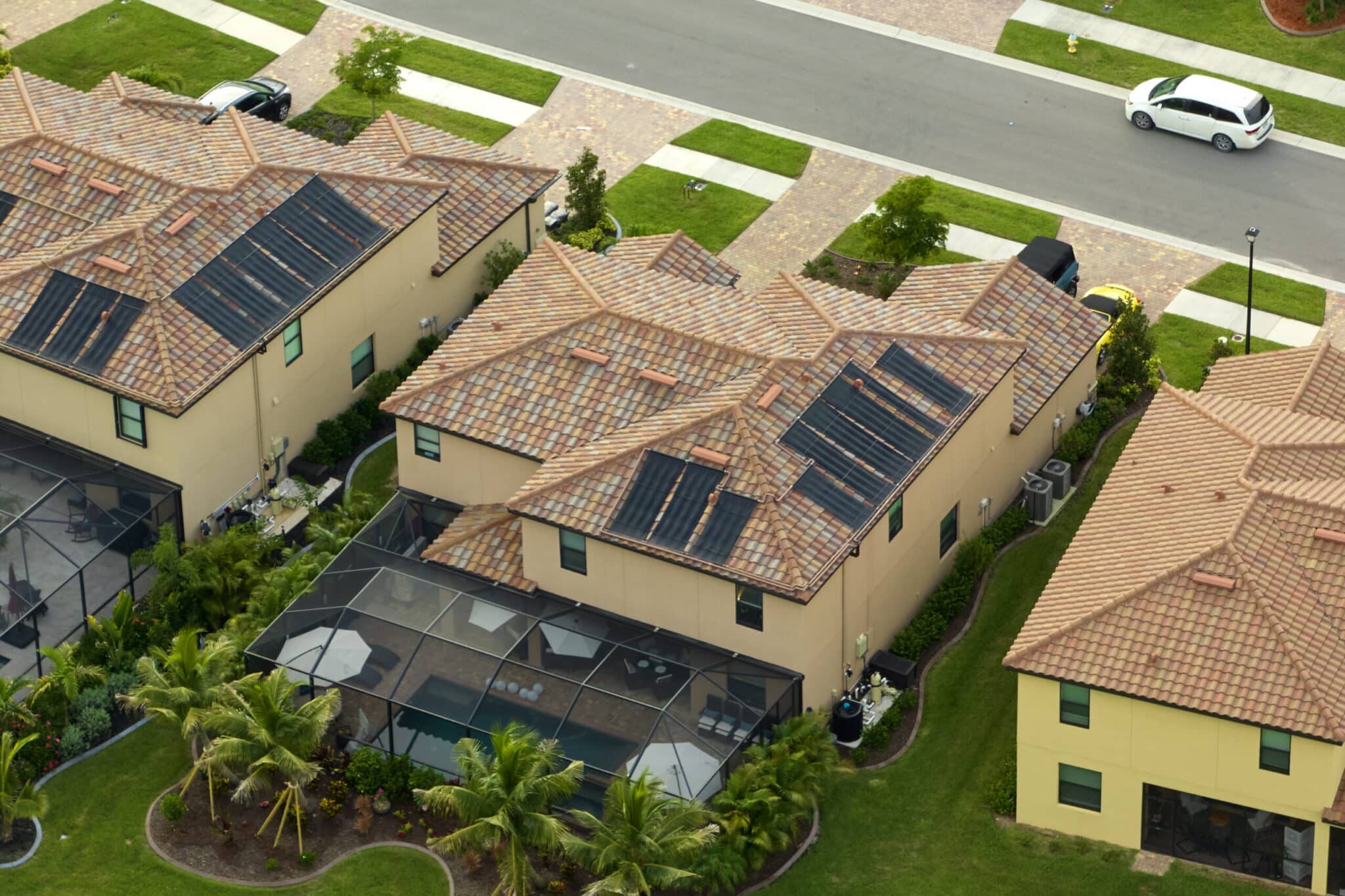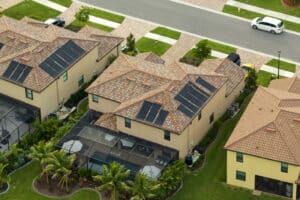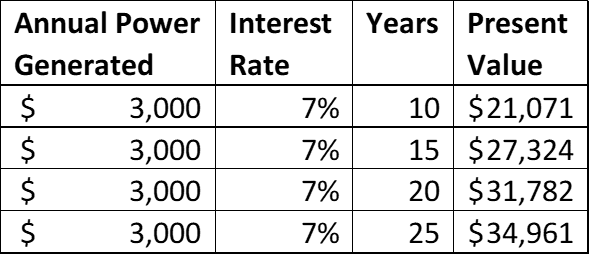The Value of Solar Panels on a Resale Home

. Valuing solar panels on a resale home can be difficult. This is new in real estate, comparable sales are sparse, and research didn’t turn up any definitive standards. Let’s take a look at the situation and some ways to come to a value
Valuing solar panels on a resale home can be difficult. This is new in real estate, comparable sales are sparse, and research didn’t turn up any definitive standards. Let’s take a look at the situation and some ways to come to a value
Homeowners, homebuyers, and real estate professionals, are having a difficult time valuing solar panels on a resale home. This is due to the lack of sales data of comparable homes and wide variation in solar panel capacity and configurations.
The Three Valuation Methods
Appraisers and Realtors can value real property using one or more of the three different approaches:
The sales comparison approach isn’t helpful. Only seven homes sold in the last six months in all of Orlando had paid-for solar panels. That is not enough data to come to an accurate market value. Nineteen more are on the market. It’s noteworthy that this represents 16 months of sales. Overall, there is less than 3 months of inventory on the market. We can conclude that homes with solar panels are not in a lot of demand.
The cost approach won’t work here. That’s due to components in the home, like an HVAC, are discounted based on the fact that they are used and some portion of their useful life used up. For example, a pool typically adds $25,000 to $30,000 to the value of a home even though they cost $60,000 or more to have installed. This approach of valuation is most useful when a replacement value is needed such as in new construction homes.
The income approach seems most appropriate. We can think of the solar panels as a bond that generates cash for the homeowner. They generate a predictable amount of electricity if averaged over a 12 month term. That income is a reduction in the homeowners’ power bill. Any excess power generated is sold back to the power company. For example, a solar system that generates $3,000 per year of electricity and has a life expectancy of 25 years, the math seems easy. $75,000.
Discounted Cash Flow Model
$3,000 paid 25 years from now is not worth $3,000 paid today due to inflation and the time value of money. What is this income stream worth in today’s dollars? To solve that, the discounted cash flow model is appropriate. Solar panels are asset that produces a steady stream of income over a determined period of time. This chart shows the present value of $3,000 per year for the next 10, 15, 20, and 25 years. Note that that $3,000 per year for 25 years is really worth only about $35,000 assuming a 7% rate of return.
Solar panels on the roof of a home isn’t the same as a 30-year, US Treasury Bond sitting in a brokerage account. The differences significantly decrease the economic value of solar panels on a resale home to a homebuyer.
Longevity, Maintenance, and Insurance Expense
Forbes, in How Long Do Solar Panels Last?, states that on average, Tier Two solar panels lose about 0.5% of their efficiency each year. At 25 years, homeowners should get 90% of their original power output. The same article states, for example, the solar inverters (needed to convert the DC power that the panels produce to AC power the home can use) last 10 – 15 years and cost $1,000 – $2,000 to replace.
A roof in Florida typically lasts 15 years. What happens when a new roof is needed, but those panels still have a lot of life left in them? A Google search yields several resources that indicate the cost to remove and replace solar panels. That is between $3,000 and $6,000, one to two years of financial benefit lost.
Hazard and liability insurance costs reduce the income benefit. According to Hector Martinez at Petion Farmers Insurance Agency, many homeowners’ insurance companies in Florida will not cover solar panels. Some won’t insure homes at all that have solar panels installed. That leaves few options for homeowners to shop for the best rate. When coverage is available, the additional premium is usually in the $500 – $800 per year range. That’s just for the panels. There is an additional $50 – $75, on average, for the required $1 million in personal liability coverage. So, insurance is a factor to consider here that solar companies don’t seem to be telling homeowners.
Long Term Value of a Kilowatt-Hour
The value of solar panels on a resale home medium to long range is a wild card. We know what a kilowatt-hour of electricity costs today. That likely won’t change much in the next 12 months. How about 5, 10, or 20 years into the future?
Our county is in transition to decarbonize our power production and transportation systems. The number of electric cars and charging stations on the road continues to increase. Construction of data centers is soaring. Both will add to the demand for power. More nuclear plants will be coming online. Coal plants are being shut down. The implementation of a carbon tax to fund advanced technologies such as carbon capture and storage is possible.
These factors make it impossible to know how much a kWh of electricity will be worth 10 or 20 years into the future. As a result, the cash value of the power that the solar panels will generate is difficult to predict.
Buyer Demand
In Orlando, there is 16 months of inventory of homes with solar panels vs. just 3 months overall. That indicates there is much less than normal demand or prices are too high. Thusly, these homes are more difficult to sell. That would cause the value of a home with with solar panels to be at some discount based on supply and demand.
Conclusion
How much does all this factor into the resale, market value? Efficiency, repair, and maintenance costs are predicable within a range. Insurance costs, the value of the power generated, and overall acceptance (demand) are unknowable for the long term.
All things considered and and assuming 20 years of life expectancy, the present value in the example above would be about $15,000. That’s half the
I support the move to renewable resources of power. At current pricing for a new solar system, it’s not the return on investment that solar companies are telling us and the evidence seems to indicate that homeowners should be prepared to get about 50 cents on the dollar of the remaining value of solar panels when it comes time to sell.
Thank you Rachel Gregory for your contribution.
